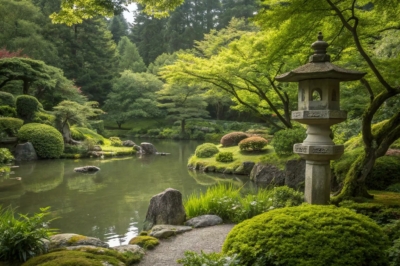1. Add Pagodas and Structures
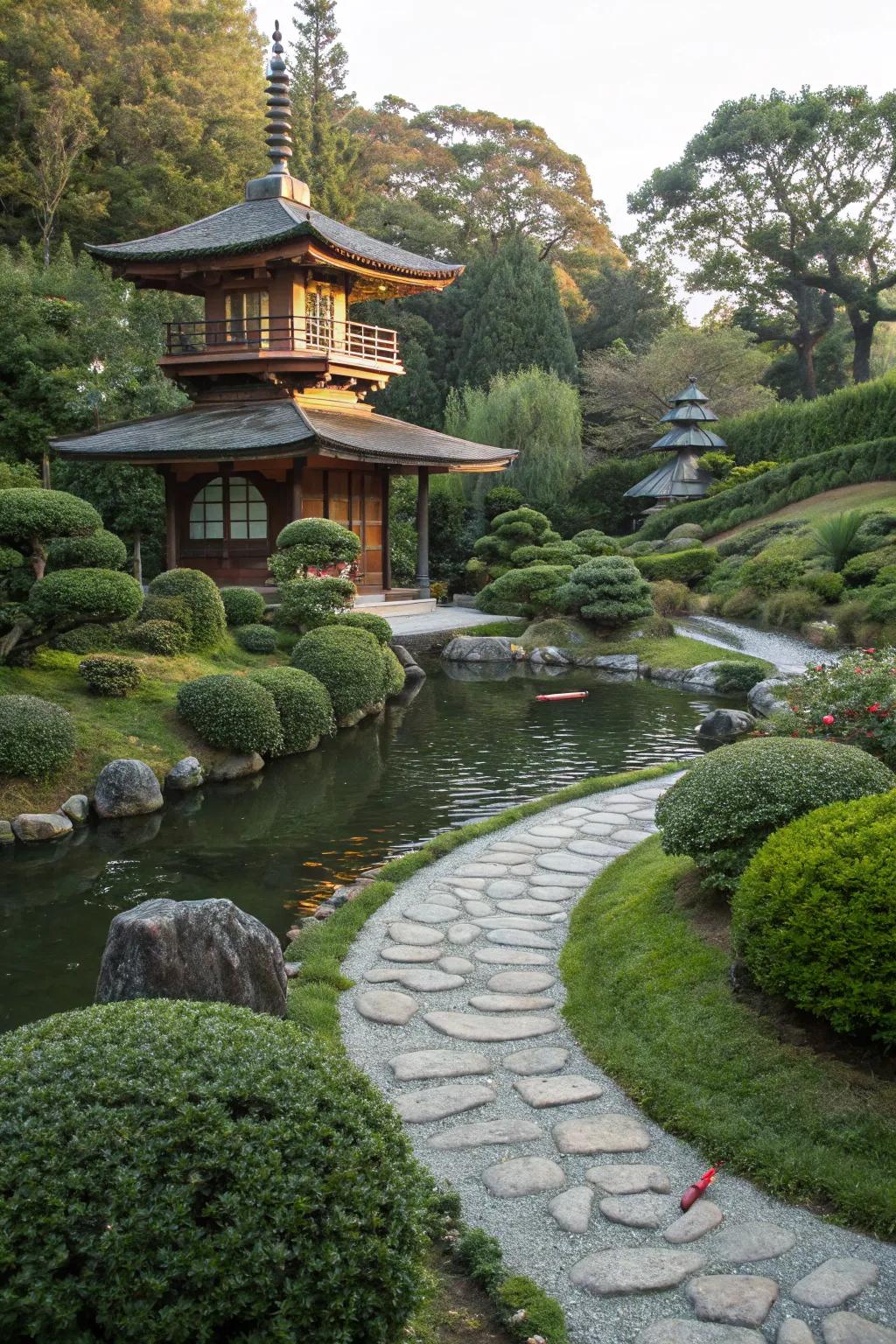
Small pagodas or tea houses can offer cultural depth and serve as focal points. I love how these structures add a touch of elegance and history to the garden.
Items that may come in handy:
- Outdoor Wooden Pagoda: Enhance your garden’s elegance with a traditional wooden pagoda, adding cultural depth to your space.
- Japanese Tea House Kit: Create a serene oasis with a Japanese tea house kit, perfect for relaxation and reflection.
- Garden Zen Pagoda Statue: Bring a sense of history and tranquility to your garden with a decorative Zen pagoda statue.
2. Design a Zen Garden
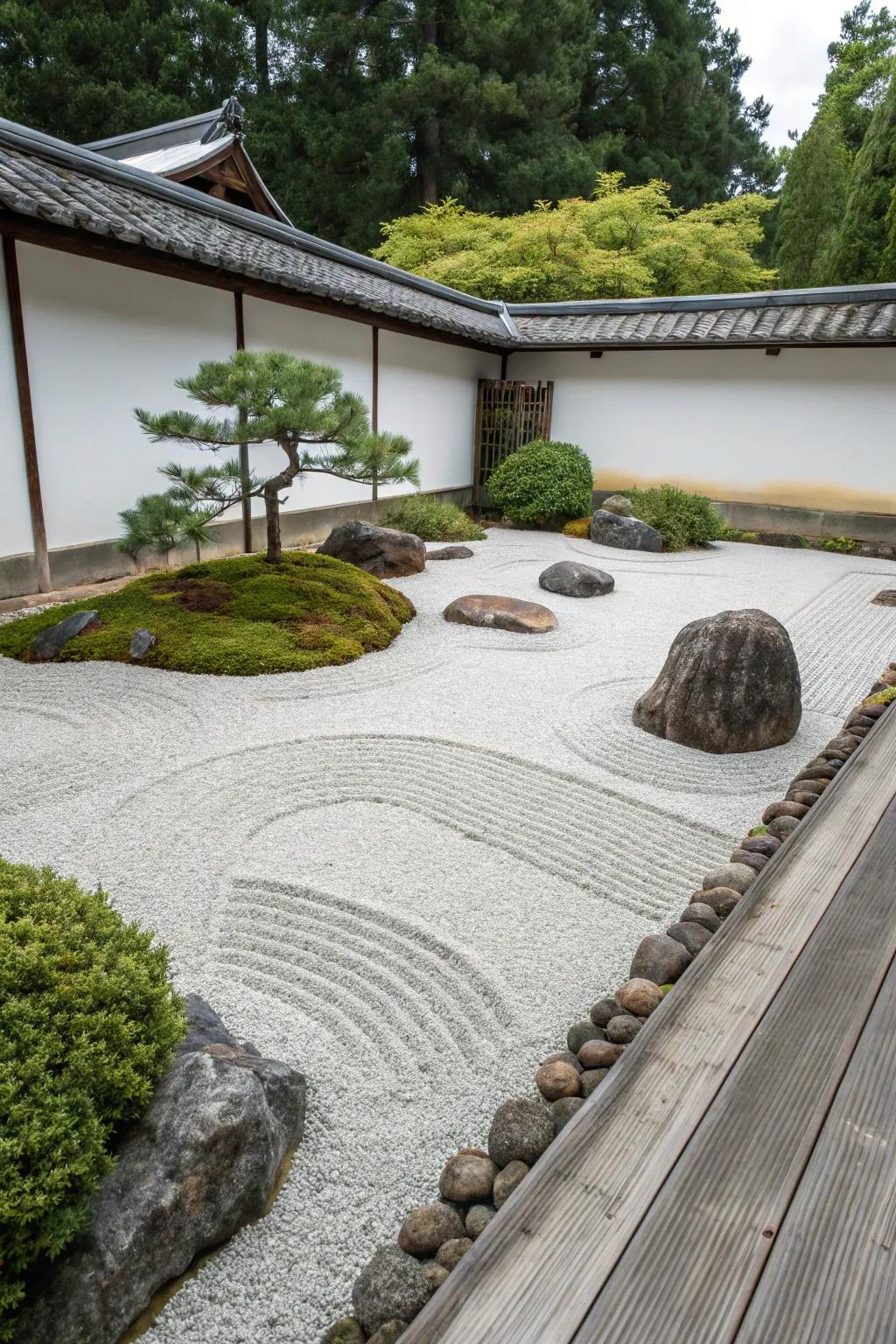
A simple raked gravel area can provide a minimalist space for meditation and reflection. I’ve found that tending to a Zen garden is a wonderfully calming ritual.
Possibly helpful picks:
- Zen Garden Rake Set: Transform your garden space with this rake set, ideal for creating serene patterns effortlessly.
- White Gravel Stones: Enhance your Zen garden’s aesthetics with these quality gravel stones for a calming ambiance.
- Bonsai Starter Kit: Begin your bonsai journey with this kit, perfect for adding greenery to your Zen garden.
3. Introduce Natural Materials
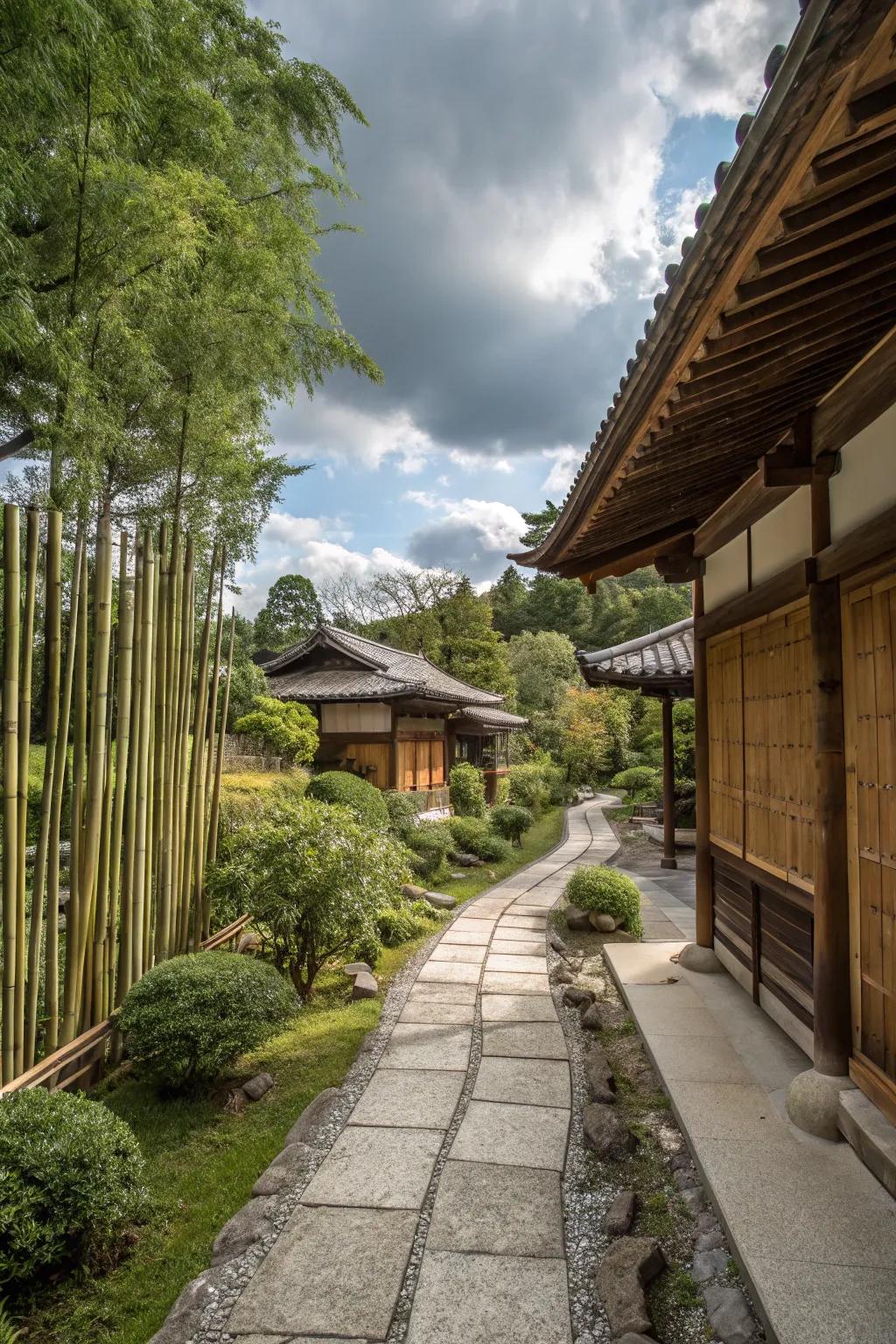
Use wood, stone, and bamboo in your garden to maintain an authentic feel. In my experience, these materials blend beautifully with the natural environment.
A few things you might like:
- Bamboo Garden Fence Panels: Enhance your garden’s authenticity with bamboo panels for a serene and natural backdrop.
- Wooden Garden Pathway Tiles: Create a rustic path with wooden tiles, harmonizing beautifully with your garden’s natural elements.
- Natural Stone Garden Edging: Add elegance and definition to your garden spaces with natural stone edging.
4. Highlight Seasonal Changes
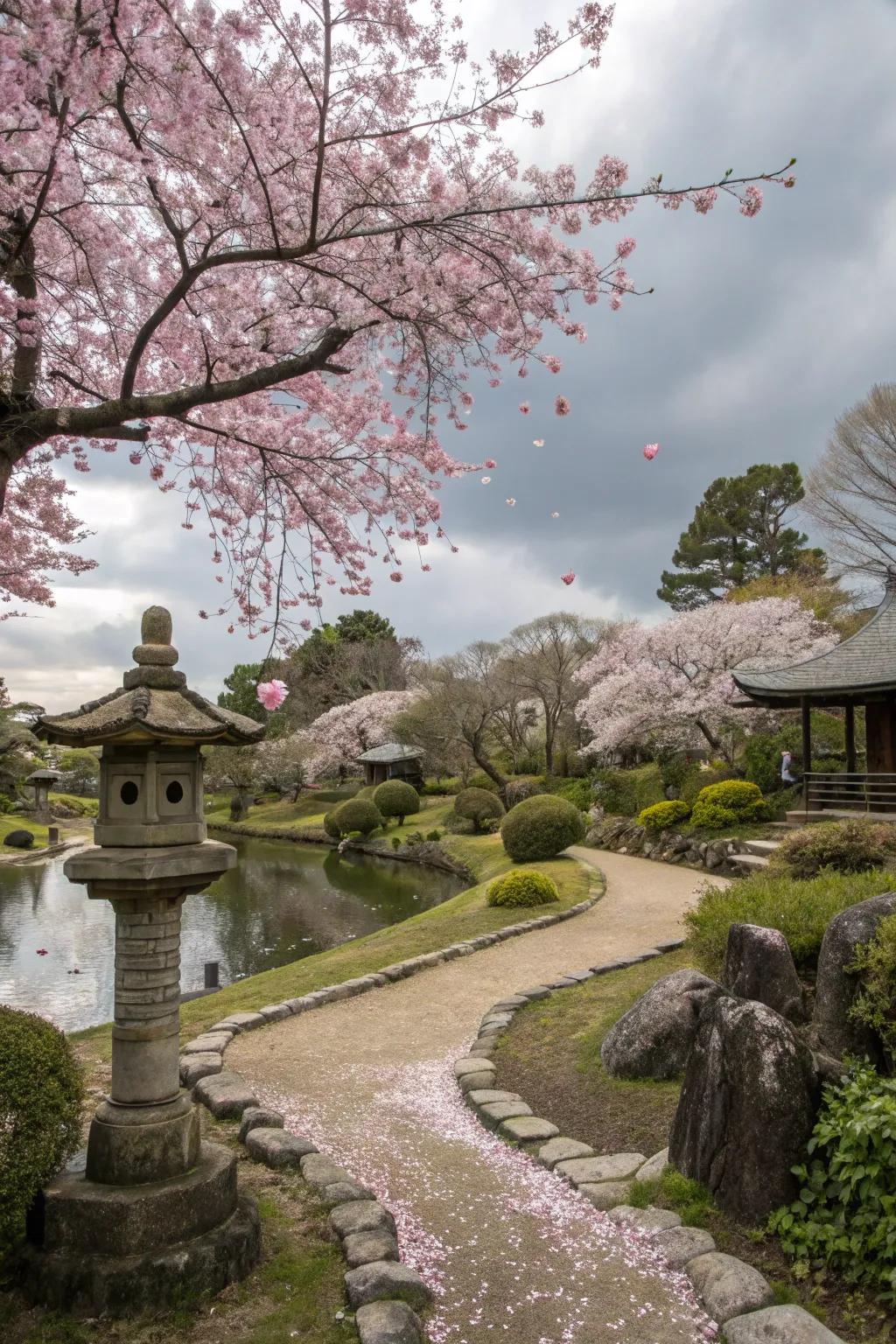
Choose plants that offer something different each season, like maples and cherry blossoms. It’s magical to see how my garden evolves throughout the year.
You might like:
- Japanese Maple Tree Seeds: Transform your garden with vibrant maple leaves each season. Experience nature’s evolving palette.
- Cherry Blossom Tree Seeds: Plant cherry blossoms and enjoy stunning pink blooms that herald the arrival of spring.
- Garden Lantern with LED Light: Enhance nighttime ambiance with this classic lantern, perfect for illuminating your garden’s beauty.
5. Play with Asymmetry
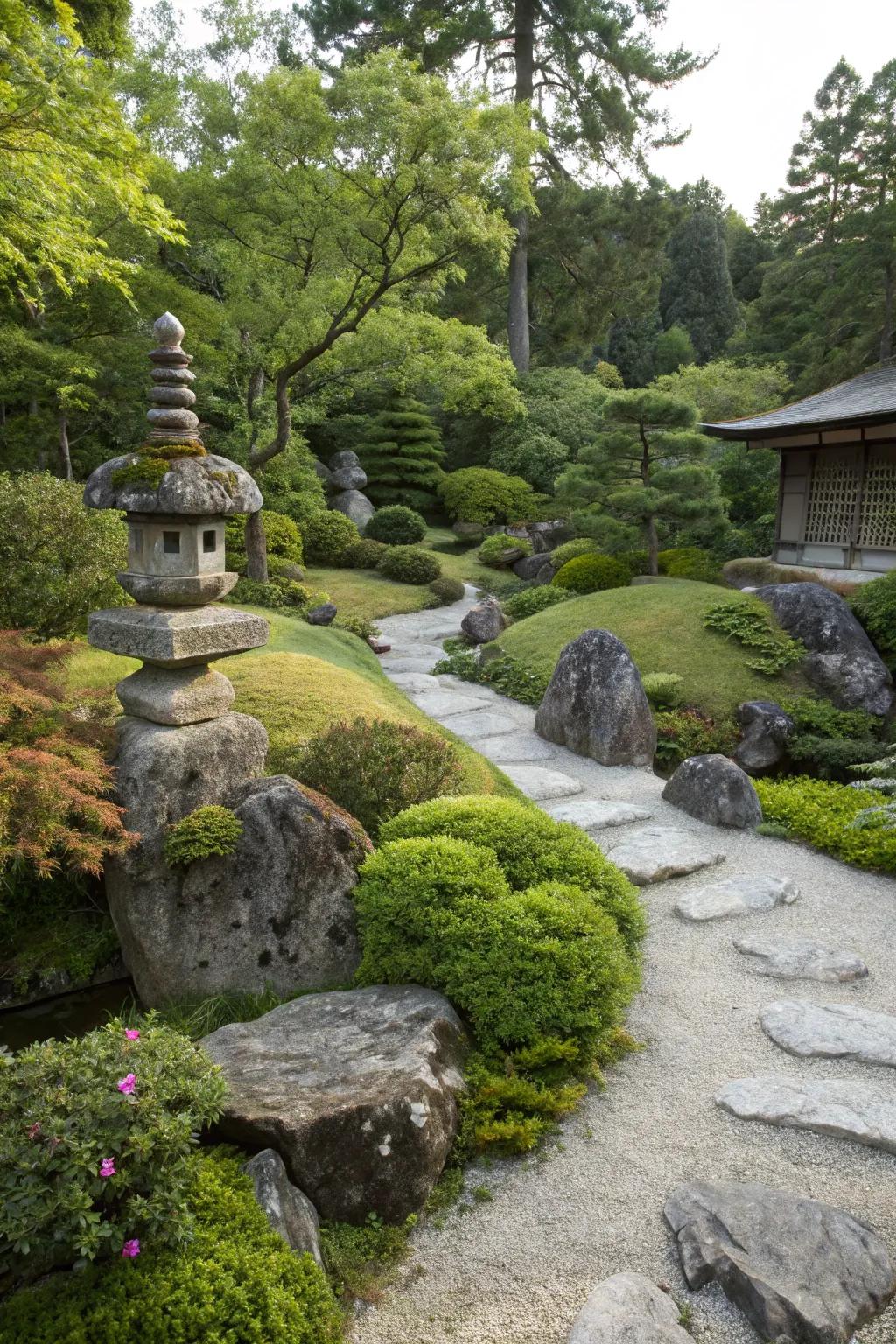
Asymmetrical designs can create a dynamic and intriguing visual experience. I love how this approach defies perfection and feels more natural and inviting.
Useful items to consider:
- Traditional Stone Lantern: Enhance your garden’s charm with a stone lantern, adding sophisticated asymmetry effortlessly.
- Natural Garden Stepping Stones: Create an intriguing path with natural stepping stones for a balanced yet asymmetrical look.
- Assorted Bonsai Tree Set: Incorporate variety with bonsai trees, perfect for enhancing asymmetrical landscape design.
6. Celebrate Cultural Symbols

Incorporate elements like stone lanterns or traditional ornaments to honor the culture. I’ve found that these additions enrich the garden’s story and charm.
Check these products out:
- Japanese Stone Lantern: Add charm with an authentic stone lantern, enhancing your garden’s traditional atmosphere beautifully.
- Bamboo Water Fountain: Introduce tranquility with a bamboo water fountain, enriching your garden’s serene ambiance wonderfully.
- Zen Garden Bridge: Enhance your landscape with a classic zen bridge, creating a focal point that captivates.
7. Seek Balance and Harmony
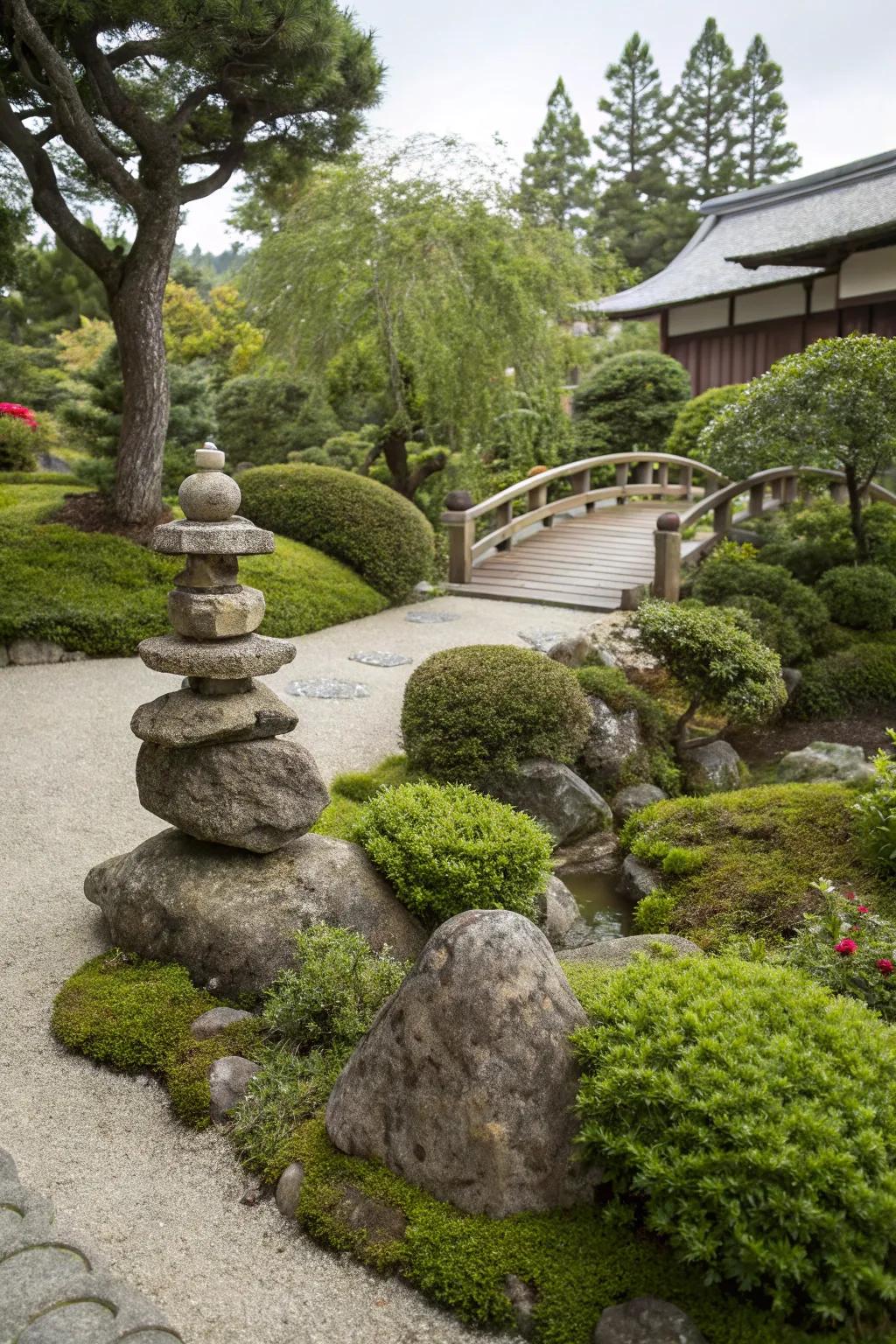
Japanese gardens are all about balance, blending elements seamlessly. In my garden, I’ve learned that a thoughtful arrangement can bring a sense of peace and completeness.
These products might help:
- Stone Lantern for Gardens: Enhance serenity and add a focal point with a traditional stone lantern in your garden.
- Zen Garden Bridge: Create a picturesque transition with a wooden bridge, perfect for streams or decoration.
- Bonsai Tree Kit: Cultivate a sense of tranquility by growing your own bonsai tree with this starter kit.
8. Incorporate Soundscapes
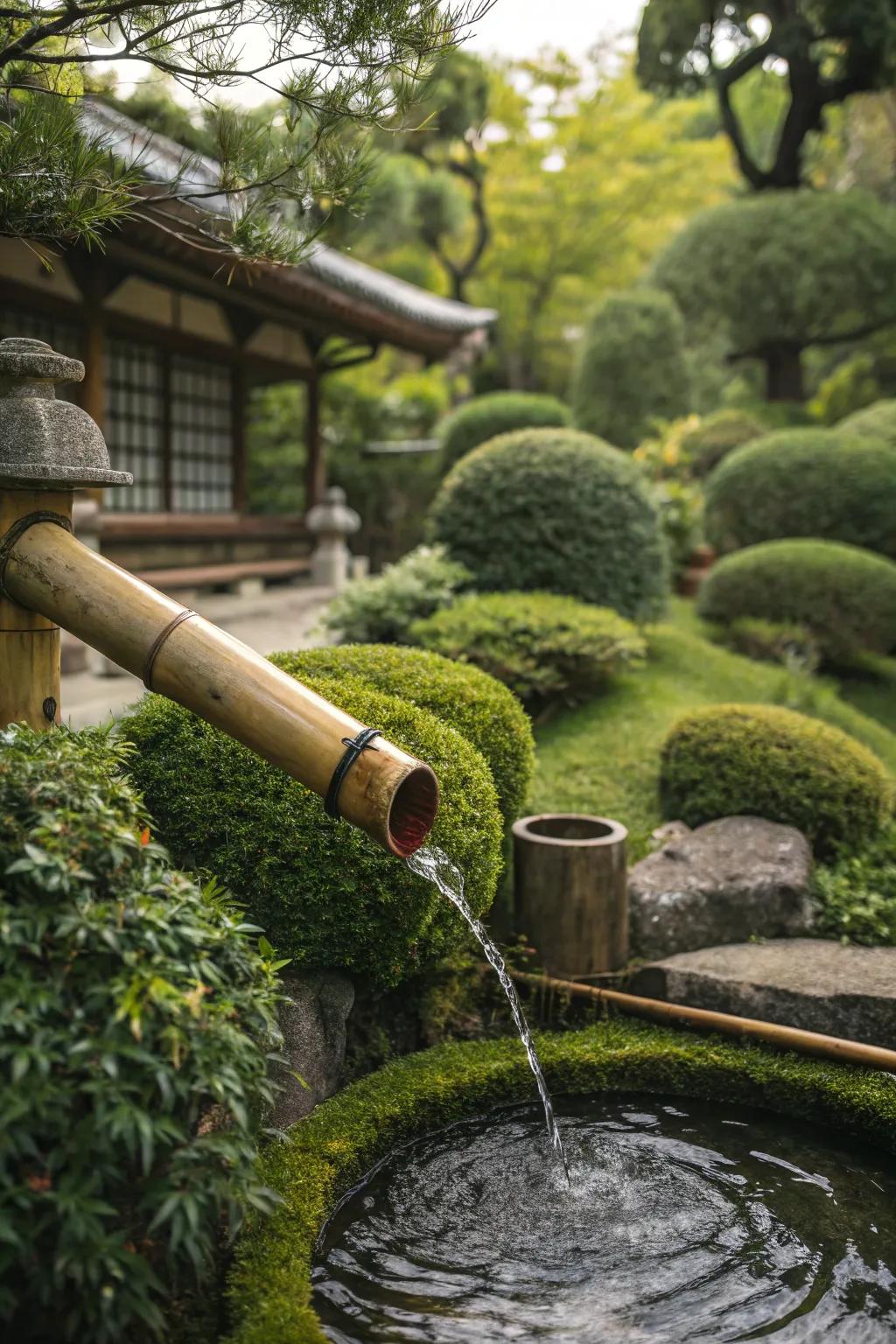
The gentle sound of wind chimes or a bamboo water feature can enhance the tranquil environment. I love how these sounds create an immersive sensory experience in my garden.
A few helpful options:
- Bamboo Water Fountain Feature: Enhance your garden’s tranquility with soothing water sounds from a bamboo fountain feature.
- Wind Chimes with Wooden Elements: Introduce a gentle melody to your garden with beautifully crafted wooden wind chimes.
- Solar-Powered Waterfall Fountain: Add a calming waterfall effect to your garden with a solar-powered fountain. No wiring needed.
9. Focus on Moss and Ground Covers
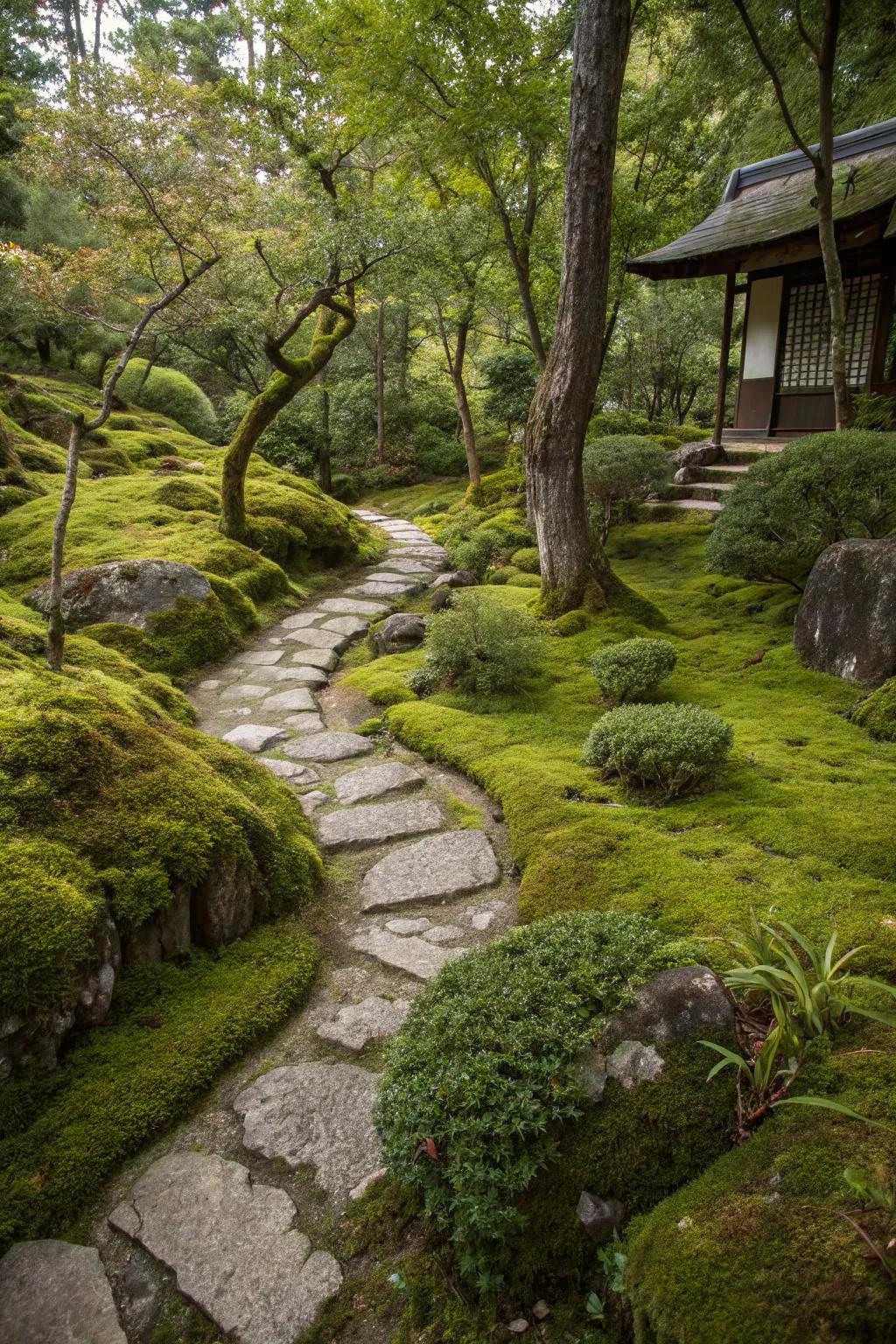
Moss can soften hard surfaces and add a lush, aged look. I’ve allowed moss to flourish naturally, giving my garden a timeless appeal.
Products that could assist:
- Moss Starter Kit: Enhance your garden’s serenity by cultivating lush moss with this easy-to-use starter kit.
- Garden Pathway Stepping Stones: Create a tranquil path with these natural-look stepping stones complementing the mossy landscape.
- Shade-Tolerant Ground Cover Seeds: Cultivate a vibrant carpet of green with these shade-loving ground cover seeds for your garden.
10. Design with Wabi-Sabi
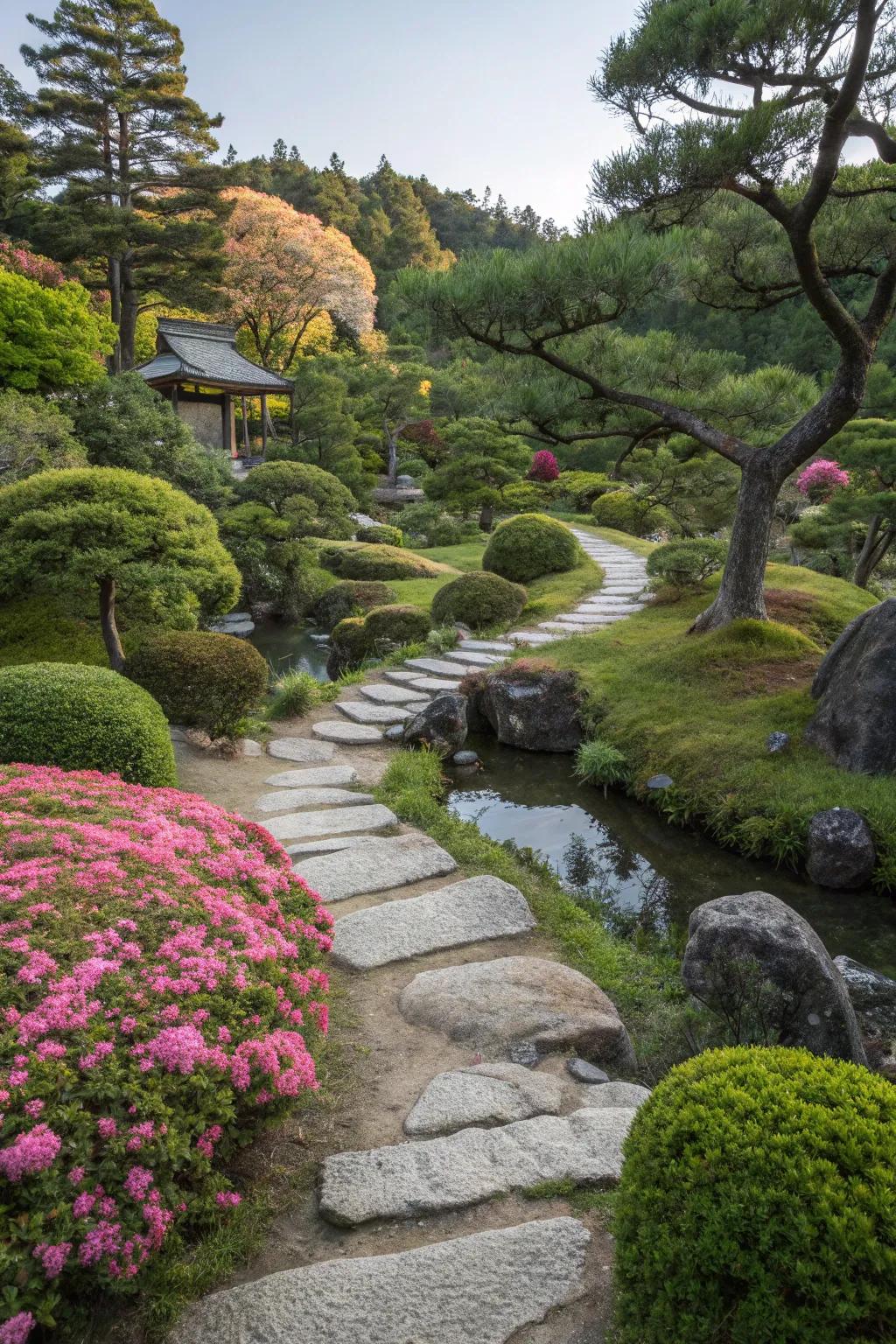
Embrace imperfection by allowing nature to dictate the garden’s flow. I’ve learned to cherish the beauty in simplicity and the imperfect.
Might be a good match:
- Stone Garden Pathway Stepping Stones: Enhance your garden’s natural flow with these durable, weather-resistant stepping stones. Add subtle elegance.
- Handcrafted Zen Garden Lantern: Illuminate your garden with a handcrafted lantern that embodies simplicity and timeless beauty.
- Natural Bamboo Water Fountain: Introduce soothing water sounds to your garden with this easy-to-install bamboo fountain.
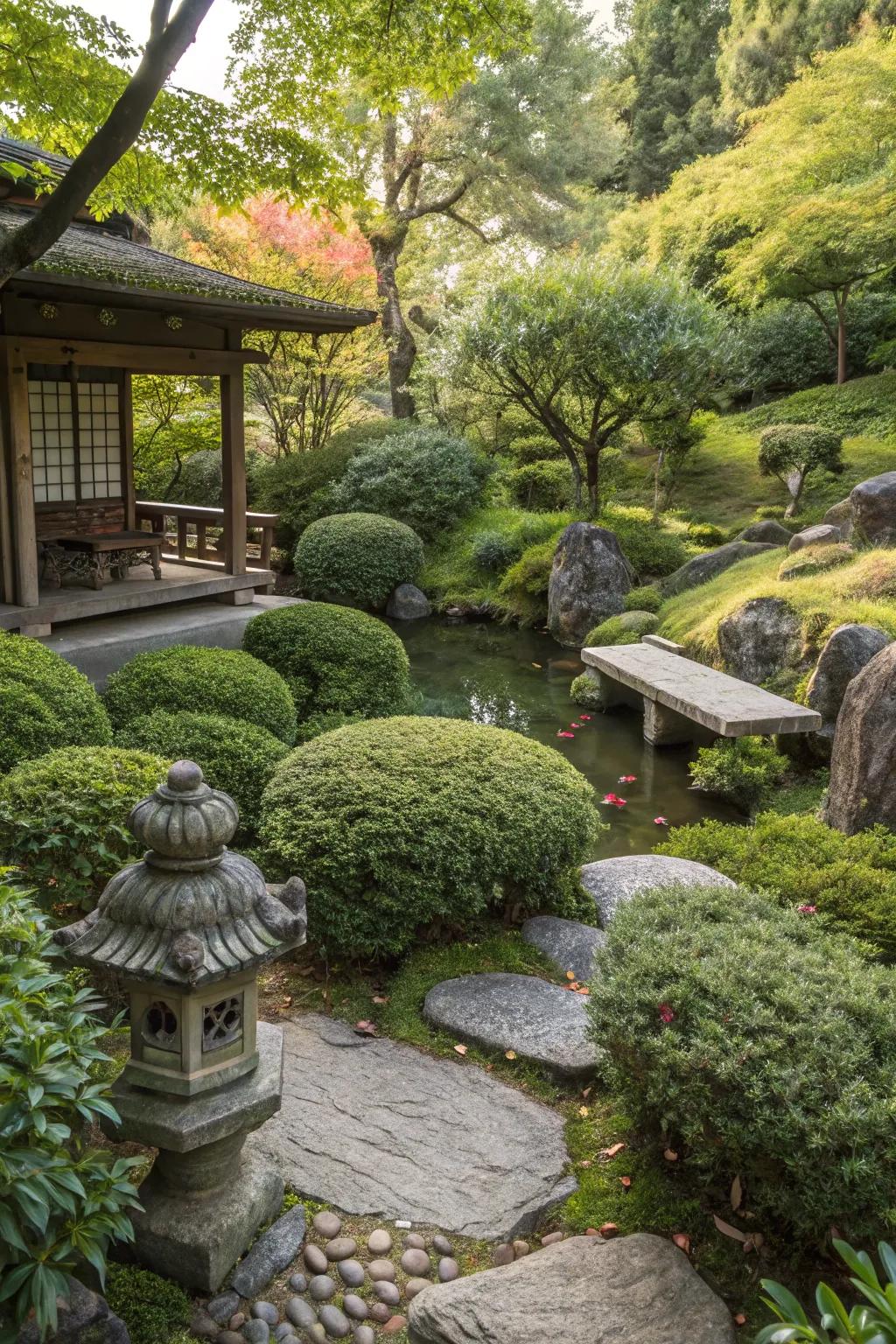
Design your garden with nooks and hidden areas to discover, providing a sense of mystery. I enjoy how these concealed spots offer private moments of reflection.
Possibly handy products:
- Outdoor Privacy Screen: Enhance secluded areas with a stylish privacy screen, perfect for meditation and relaxation.
- Garden Trellis with Climbing Plants: Add mystery to your garden with a trellis supporting lush climbing plants for a hidden retreat.
- Compact Garden Bench: Place a compact bench in a hidden spot, offering a cozy place for quiet reflection.
12. Opt for Subtle Color Accents
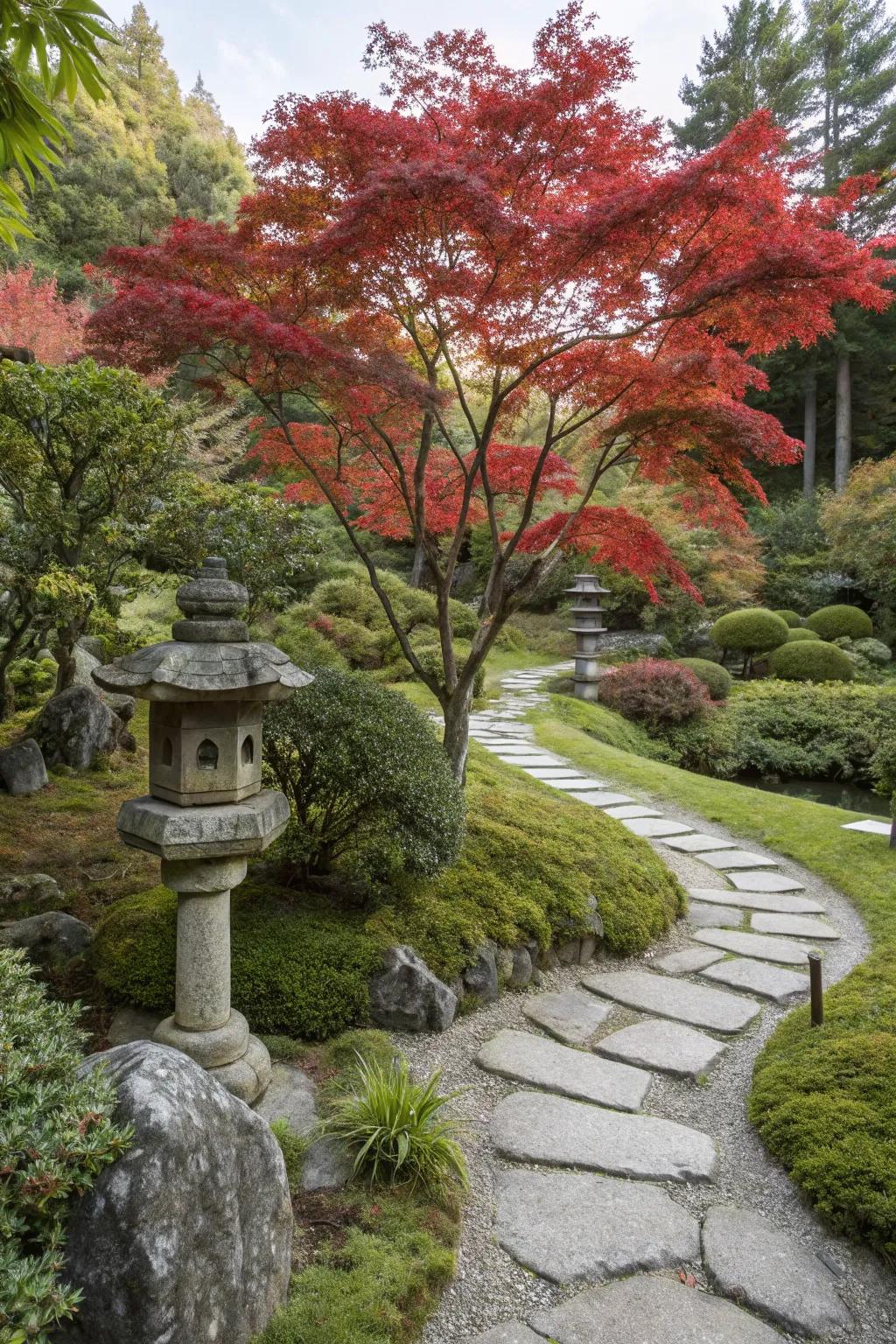
Use a restrained palette with strategic bursts of color from blooms. In my garden, a single red maple can become a striking focal point against the greenery.
A few relevant products:
- Japanese Red Maple Tree Plant: Enhance your garden’s beauty with a vibrant red maple, creating a stunning visual focal point.
- Stone Garden Lantern: Illuminate your pathway with a traditional stone lantern, adding elegance and tranquility to your garden.
- Bonsai Starter Kit: Start a bonsai collection with this kit, perfect for adding miniature artistry to your garden.
13. Experiment with Vertical Elements
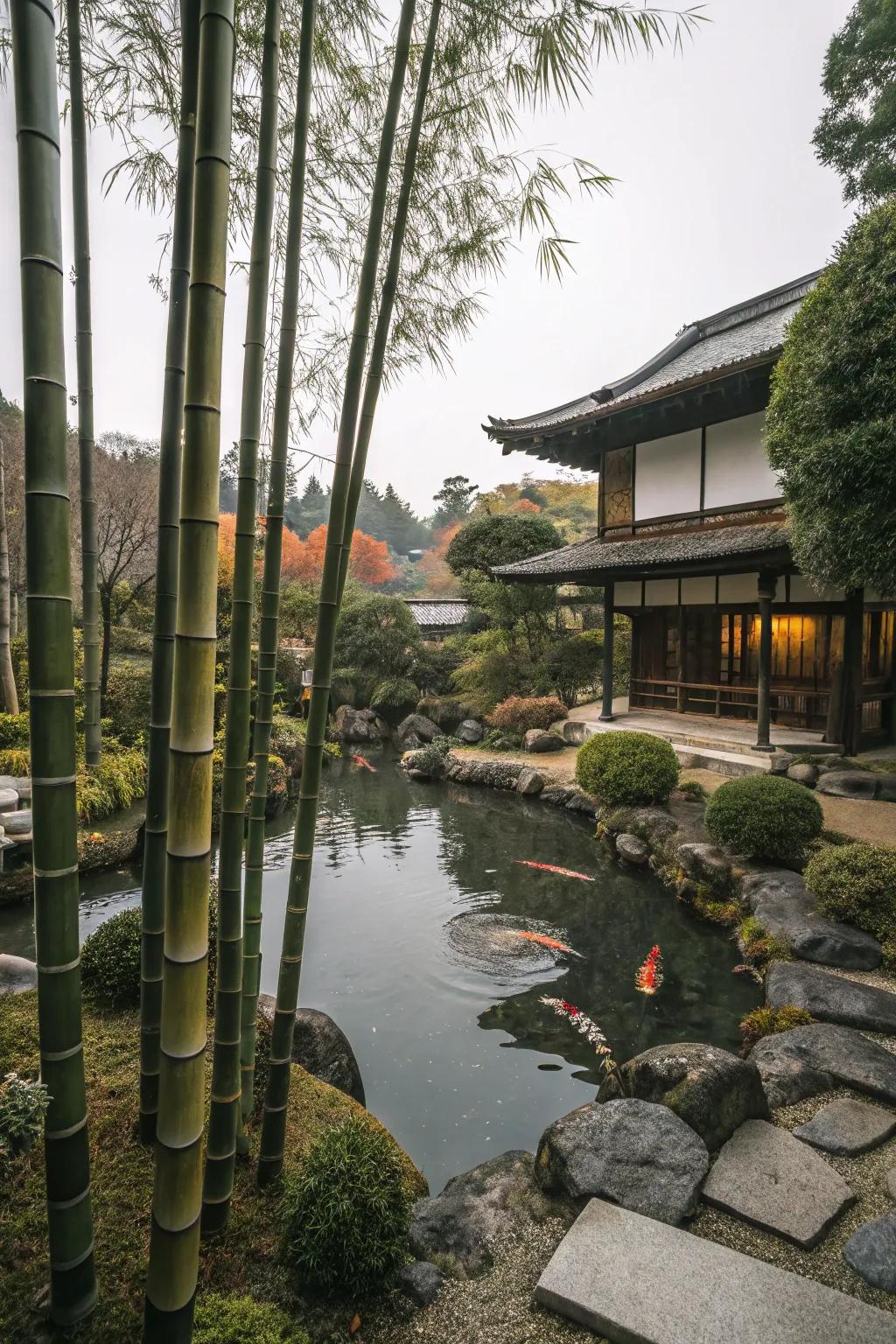
Tall trees or bamboo can draw the eye upwards, creating a sense of height. I find that vertical elements introduce drama and dimension to the space.
May just do the trick:
- Artificial Bamboo Plants: Enhance your garden with lifelike bamboo, bringing height and tranquility effortlessly.
- Tall Outdoor Planters: Create vertical interest with elegant planters, perfect for tall trees or bamboo.
- Bamboo Garden Edging: Define spaces with stylish bamboo edging, adding structure and vertical lines.
14. Plan for Quiet Reflection
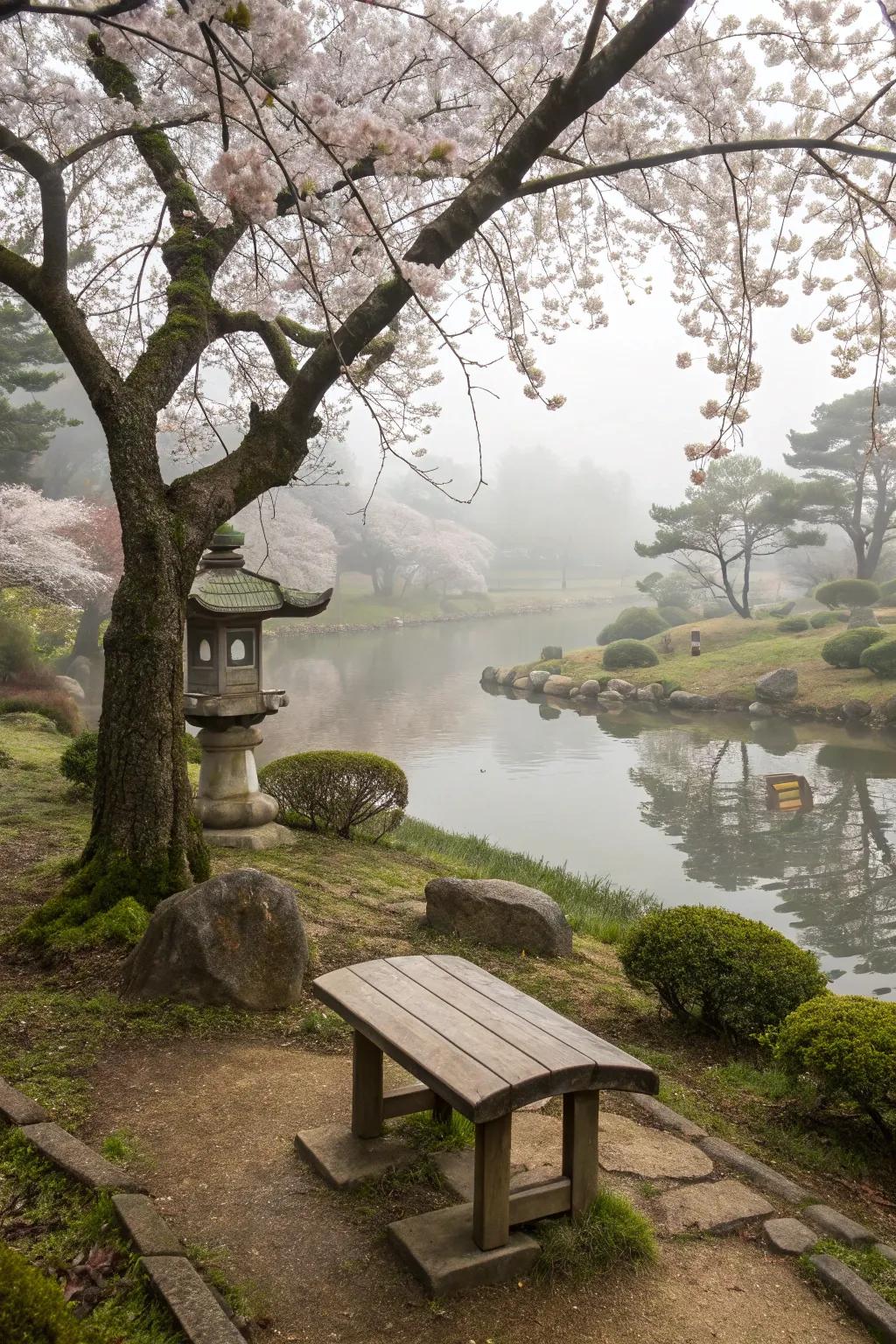
Include benches or small seating areas to invite moments of contemplation. In my garden, these spots are perfect for enjoying a quiet cup of tea.
Explore these options:
- Wooden Garden Benches: Transform your garden into a serene retreat with stylish wooden benches for peaceful reflection.
- Japanese Stone Lanterns: Enhance the ambiance with traditional Japanese stone lanterns, adding elegance to your garden space.
- Decorative Outdoor Cushions: Add comfort and style to your seating area with weather-resistant decorative outdoor cushions.
15. Craft Bridges and Pathways
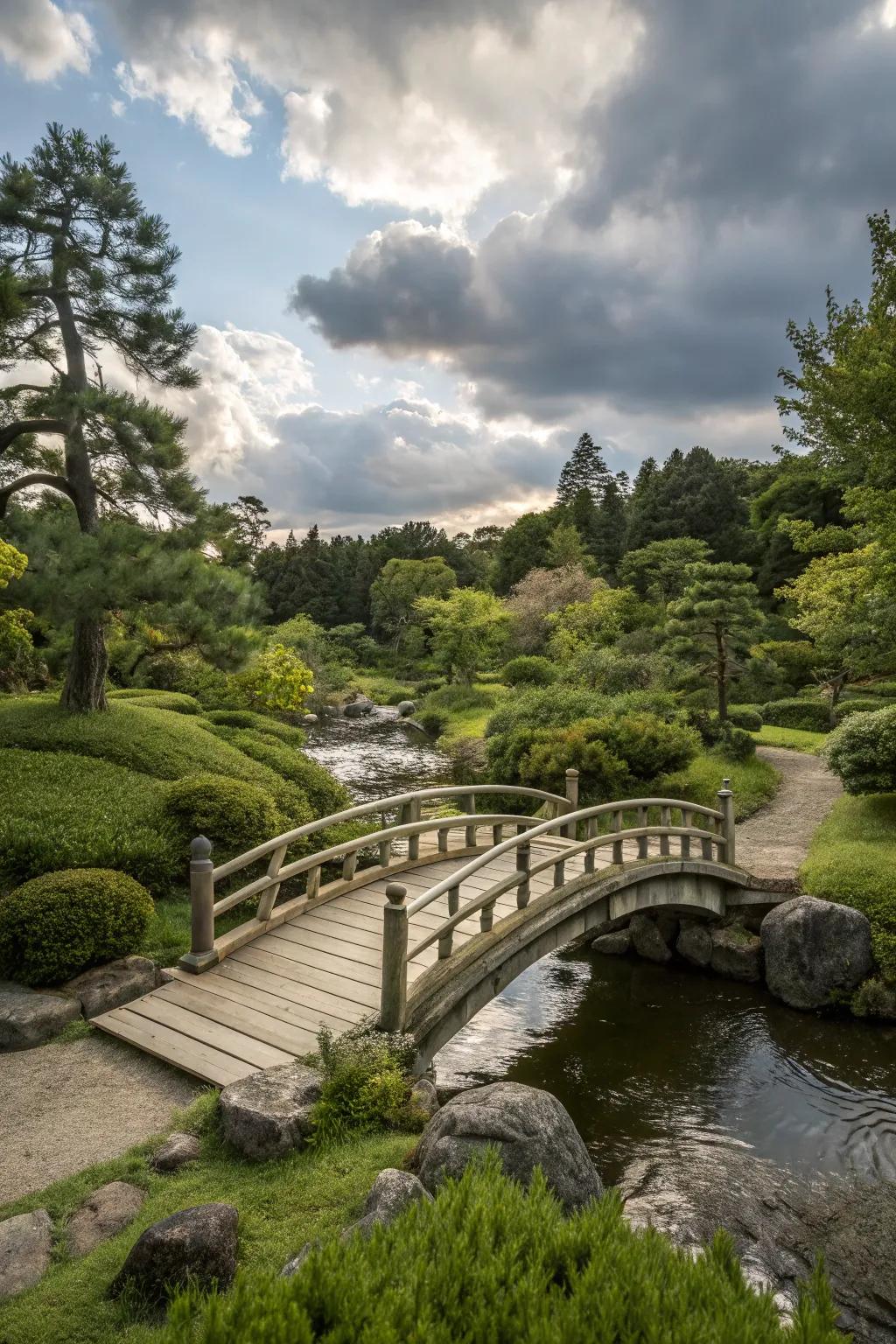
A simple wooden bridge or pathway can invite exploration and add a sense of journey to your garden. I adore how these features encourage quiet strolls while enjoying the scenery.
Maybe worth checking out:
- Wooden Garden Bridge: Add a rustic charm to your garden with a durable and elegant wooden bridge.
- Stepping Stones Pathway Kit: Create a serene walkway with these stepping stones, enhancing tranquility in your garden space.
- Garden Arch Bridge: Invite exploration with this arch bridge, perfect for creating a picturesque garden journey.
16. Embrace the Water Features
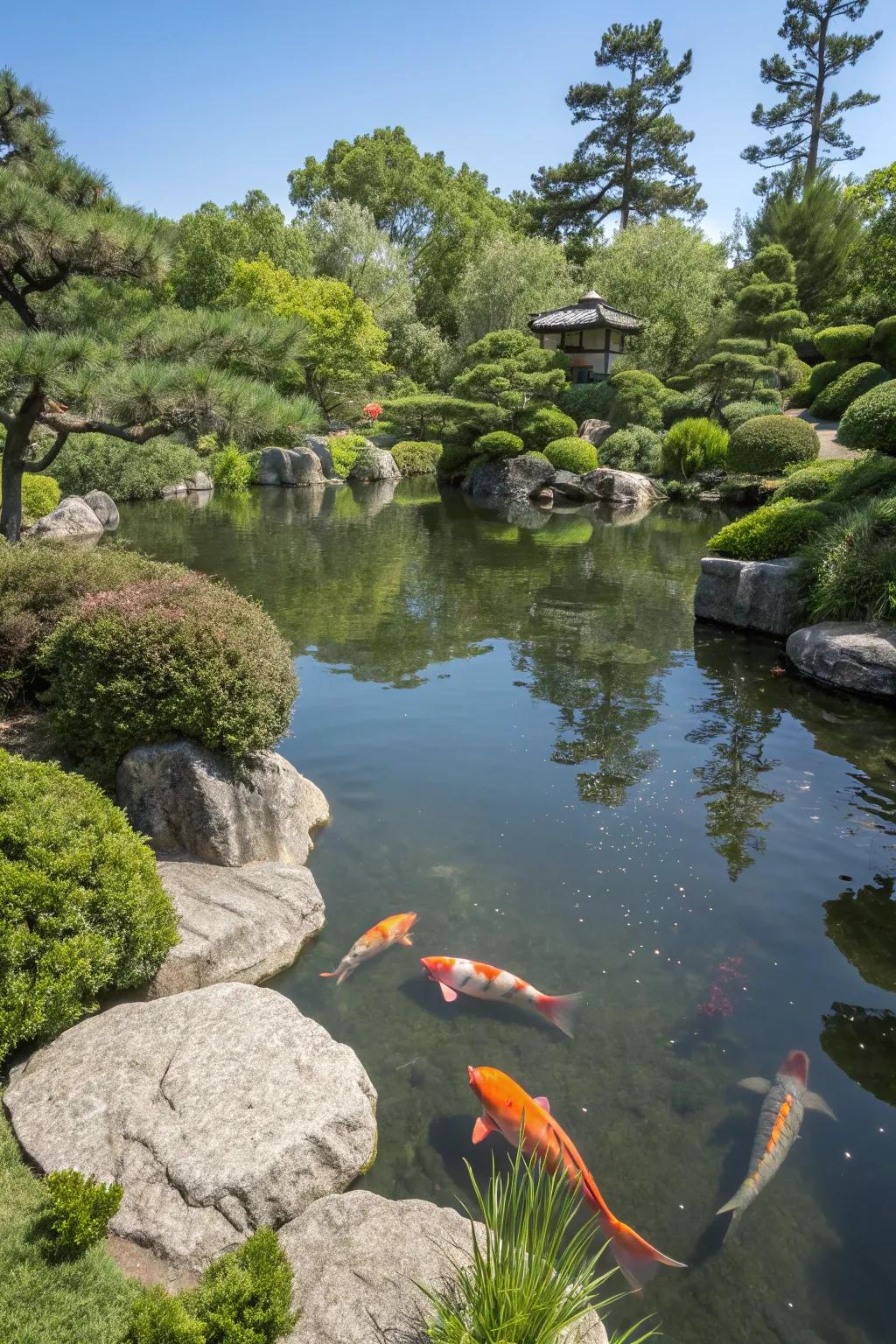
A small pond or even a trickling stream can become the heart of your Japanese garden. I love how the sound of water adds a serene ambiance to my space, making it feel like a genuine escape from the hustle and bustle.
Check if these fit your needs:
- Outdoor Garden Water Fountain: Transform your garden into a tranquil oasis with the calming sound of flowing water.
- Koi Pond Kit: Enhance your garden’s allure by introducing a vibrant koi pond for beauty and tranquility.
- Solar-Powered Water Pump: Eco-friendly and easy to install, this pump keeps your pond lively and sustainable.
17. Use ‘Borrowed’ Scenery
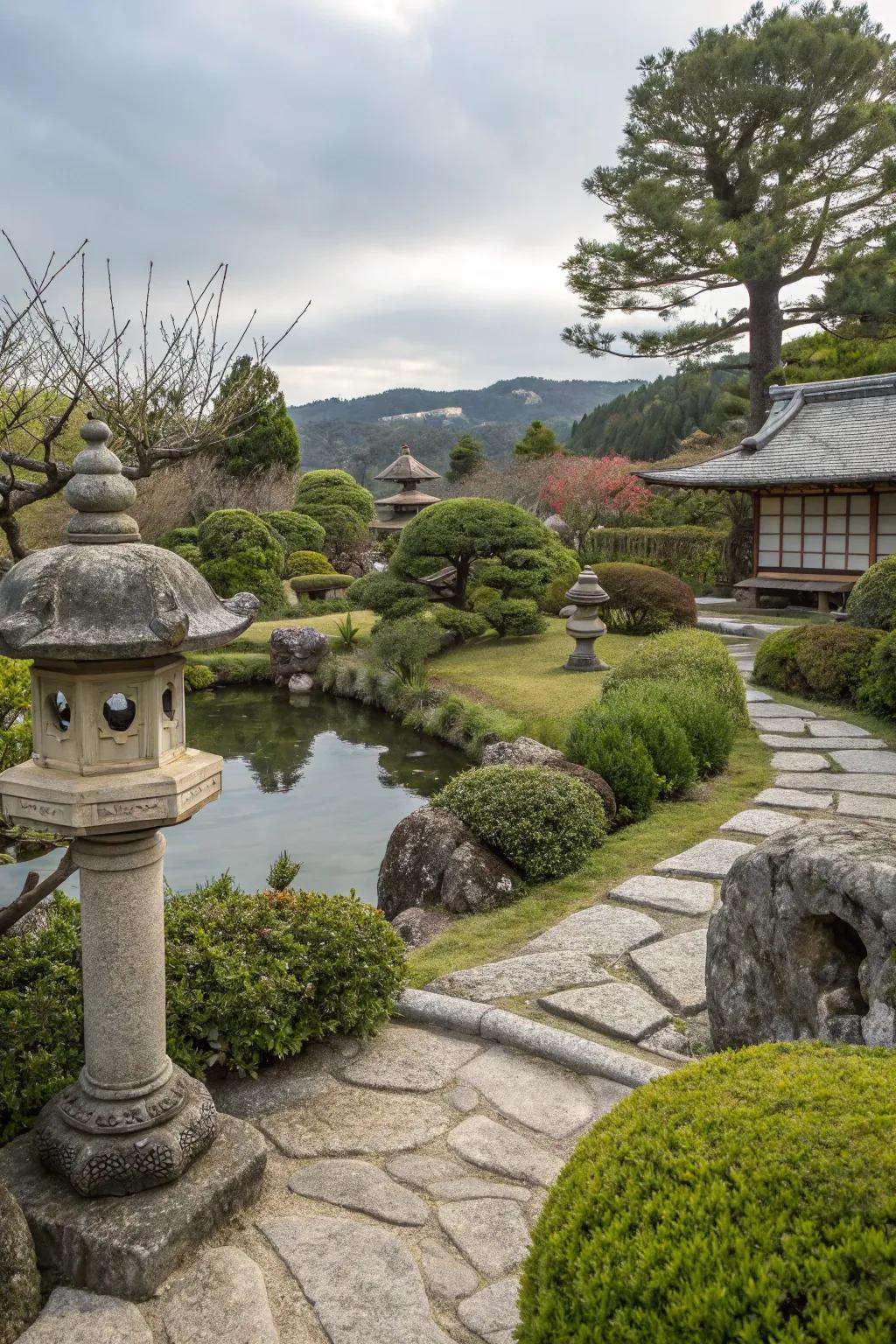
Frame distant views with your garden elements to create a sense of continuity. I’ve found that this technique can make smaller gardens feel expansive.
Try these:
- Japanese Stone Lantern: Add elegance to your garden with a traditional lantern, enhancing distant scenic views.
- Decorative Garden Bridge: Create a seamless flow in your garden with a decorative bridge, leading to distant views.
- Bamboo Fence Panels: Define your garden space with bamboo panels to guide the eye towards scenic backdrops.
18. Choose Traditional Plants

Bamboo and bonsai trees are iconic in Japanese gardens, offering both structure and tranquility. In my garden, these plants provide a lovely backdrop that speaks to traditional aesthetics.
Some handy options:
- Bamboo Plant Seeds: Grow your own elegant bamboo and enhance your garden with traditional Japanese charm.
- Bonsai Starter Kit: Start your bonsai journey, cultivating tranquility and structure in your Japanese garden.
- Japanese Garden Tools Set: Equip yourself to maintain your Japanese garden with precision and ease.
19. Incorporate Stone Elements
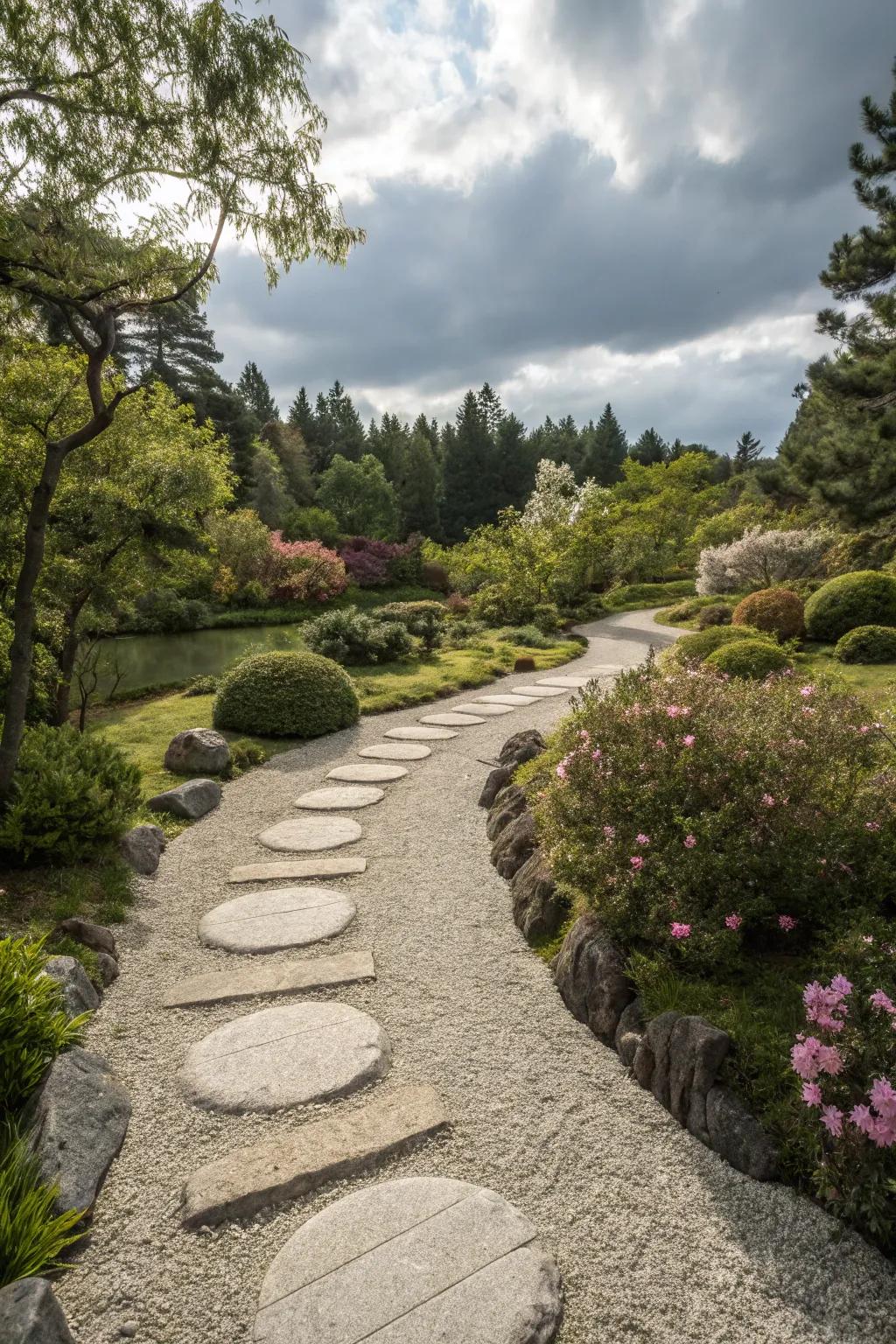
Stepping stones and gravel pathways are not only practical but add a timeless elegance to your garden. I’ve found that they create a wonderful contrast with the lush greenery, offering a balanced visual texture.
Consider these options:
- Round Stepping Stones: Enhance your garden walkways with elegant, durable stepping stones. Add timeless beauty to your landscape.
- Decorative Gravel: Create contrasting pathways with decorative gravel, adding texture and harmony to your garden scene.
- Garden Edging Stones: Define your garden paths with edging stones, bringing structure and sophistication to outdoor spaces.
